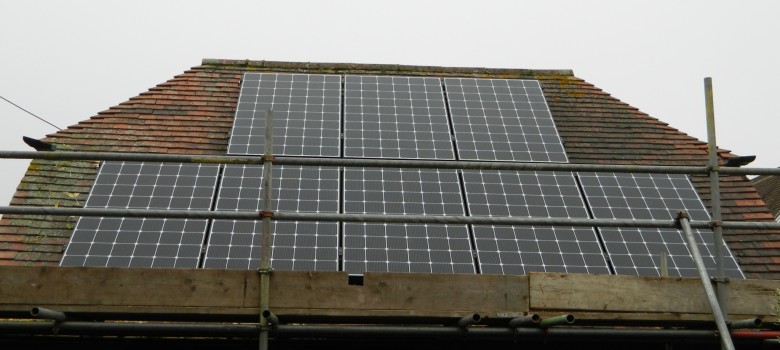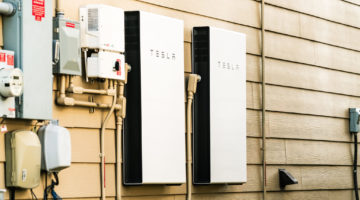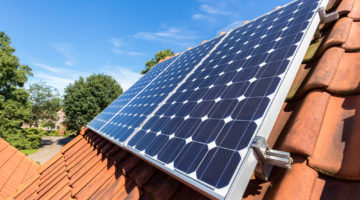
UPDATE: The Feed-In Tariff is now closed for new applications. To find out about the new scheme designed to replace it, click here.
Today the Government finally revealed its plan for the solar feed-in tariff. The sad news is that it is a substantial cut from the 8th February 2016.
The current feed-in tariff is set at 12.47p/kWh. This means that for every unit of electricity produced from the solar panels on your roof, you are paid by the Government 12.47p – this is unrelated to whether you then use that electricity in your home or sell it back to the grid.
For a 4kW system capable of producing 3800kWh of electricity each and every year – this would mean you would get a yearly payment (backed by a Government guarantee for 20 years) of approximately £475. Again this payment doesn’t take into account the energy savings resulting from being able to use the electricity you produce in your home.
As of 8th February 2016, the feed-in tariff payment will fall to just 4.38p/kWh, so for an equivalent system the yearly payment for a system installed after this date will be just £166.
The impact on the payback of Solar PV
Obviously the 63% + drop in the solar feed-in tariff is going to have a dramatic impact on the financial payback of installing a solar PV system.
Traditionally the payback time of installing a solar system is approximately 8 years when you take into account the energy savings and the feed-in tariff payments. This has stayed relatively consistent because the price of installing solar panels has dropped at approximately the same rate as the feed-in tariff has been reduced (this has been a Government made conscious decision).
This latest cut is the biggest cut yet in terms of percentage, and will have a big impact on the industry and the financial viability of solar PV. Let’s take a look at the payback on a typical 3,800kWh system. If you couple the £166 feed-in tariff payments for generating the electricity with the payments for exporting the electricity (approximately 50% of this figure) and you look at the energy savings – perhaps around £300 a year. You might expect to see an annual return of £550 instead of the previous rate of around £800.
What does that equate to? A new payback rate of 11-12 years for a £6-6.5K system. For some people this may be a big turn off and make solar a less enticing choice, but actually it is not as bad as the headlines you’ve seen today may at first appear. This sort of rate of return is very good when compared to many other technologies – many people upgrading their boiler will go ahead and replace the unit with a return of 15 to 20 years for example.
Also, the cost of PV is likely to drop further in the coming years. The manufacturing cost of the panels is dropping every year, and in a very competitive market, we should be expecting that rate of return to improve in the next few years. Having said that, if you are keen on solar, get it installed in the next month, before the tariff gets cut next month. It always makes sense to get your money back in 8 years rather than 11!
And if you want to be really optimistic and look on the bright side, remember that a few months back we reported that the cut was likely to be more than 80%! So not all bad news…
UPDATE: The Feed-In Tariff is now closed for new applications. To find out about the new scheme designed to replace it, click here.












I am not thinking of the solar energy I receive from the sun soley as a means of making money, but I see it more as a means of using more of that free energy that I have seen wasted every day for the whole of my life and beyond. I would like to be able to harness and store, more if I could. Also I would like to hear more about modern energy storage technology where the sun’s energy can be stored in the building fabric of the house for our daily use. That way you’ll see 100% return of your investment.